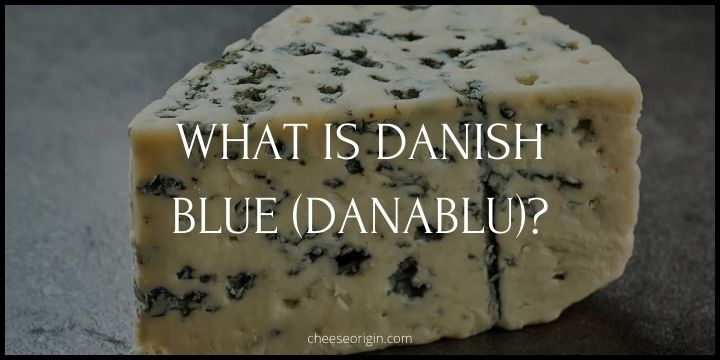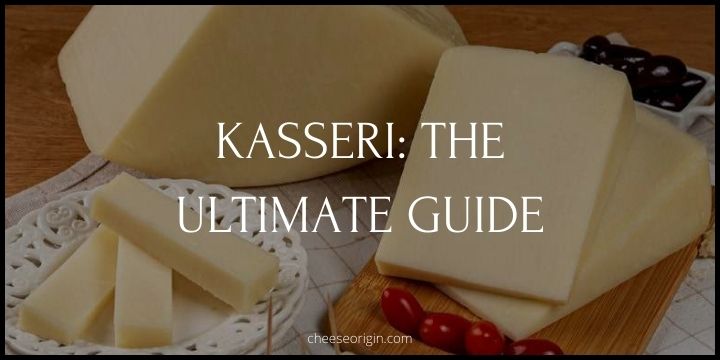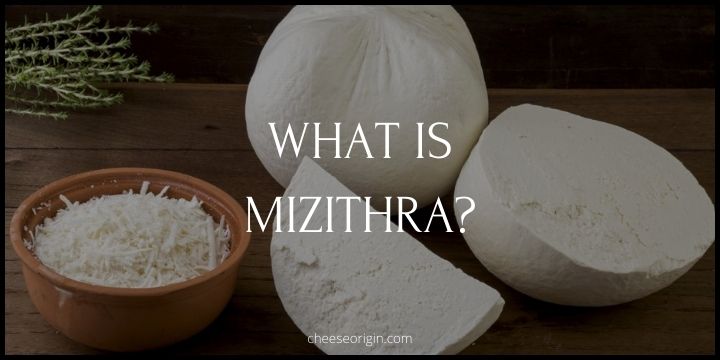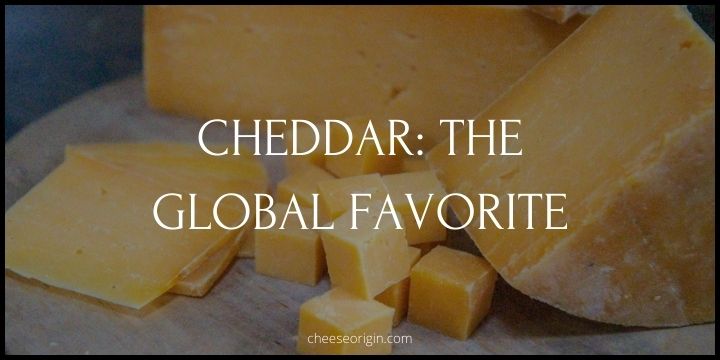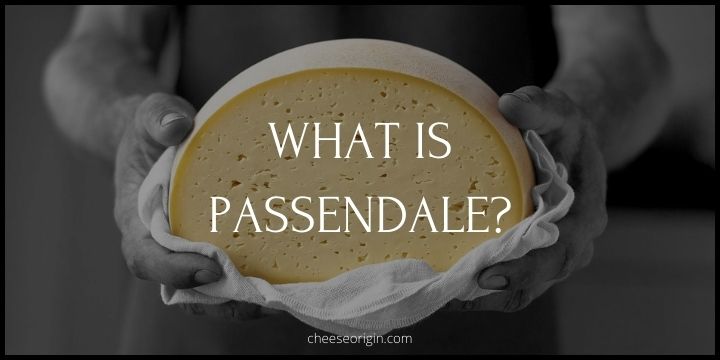What is Appenzeller? The Swiss Cheese with a Secret Recipe

Welcome to the world of Appenzeller, a Swiss cheese that holds a secret as captivating as its flavor. Nestled in the mountainous region of Appenzell, this cheese is renowned for its unique taste and centuries-old tradition.
Known for its piquant aroma and creamy texture, Appenzeller stands out in the expansive world of cheese. But what makes it truly special is its guarded recipe, passed down through generations and kept under wraps. Let’s delve into the mystique and charm of this delectable Swiss secret – the Appenzeller cheese.
Quick Facts About Appenzeller
| Quick Facts | Details |
|---|---|
| Origin | Switzerland |
| Type | Hard cheese |
| Milk Source | Cow’s milk |
| Taste | Nutty, fruity, and tangy with a spicy edge |
| Aging Time | 3 to 4 months for classic Appenzeller, up to 6 months for extra mature |
| Rind | Natural, brushed with a herbal brine |
| Texture | Firm, dense, and smooth |
| Color | Pale yellow |
| Aroma | Strong, distinctive, hint of the herbal brine |
| Pairings | Full-bodied red wines, dark beers, fruits, and hearty breads |
| Use | Ideal for melting, great in fondue, sandwiches, or sliced on a cheese board |
| Production Area | Appenzell region, Switzerland |
| Unique Feature | The exact recipe is a well-guarded secret, passed down through generations. |
| Availability | Widely available year-round |
| Protected Status | Protected Designation of Origin (PDO) in Europe |
| Shape | Round wheel |
| Size | Typically around 7 kg per wheel |
| Fat Content | Approximately 45% |
What is Appenzeller?

Nestled in the heart of Switzerland, amidst the scenic landscapes and traditional alpine pastures, a culinary gem known as Appenzeller has been crafted for centuries. This hard cheese, with its distinctive flavor and character, is a testament to the region’s rich culinary heritage and the art of Swiss cheesemaking.
Appenzeller is a symphony of tastes, offering a nutty, fruity, and tangy profile with a hint of spiciness that lingers on the palate. Its rind, bathed in a unique herbal brine, imparts a distinctive aroma that is both inviting and intriguing. The cheese owes its robust flavor to the lush, unpolluted pastures of the Appenzell region, where the cows graze freely, their milk carrying the essence of a thousand herbs and flowers.
The production of Appenzeller is an art form in itself – a blend of time-honored traditions and meticulous craftsmanship. The cheese is aged for three to four months for a classic variant, while the extra mature version is left to develop character for up to six months. The exact recipe, a closely guarded secret passed down through generations, contributes to the mystique surrounding this exceptional cheese.
Appenzeller is not just a cheese; it’s a sensory experience. Whether it’s melted into a fondue, paired with full-bodied red wines, or simply savored on a chunk of hearty bread, Appenzeller never fails to delight. It’s a slice of Swiss heritage, a piece of the alpine spirit, and a culinary adventure waiting to be discovered.
What Does Appenzeller Taste Like?
Appenzeller is renowned for its complex and distinctive flavor profile. It has a base taste that is rich, creamy, and full-bodied, reminiscent of the fresh cow’s milk from which it’s made. This is layered with nutty undertones that add a depth of flavor and a slightly sweet, fruity note that balances the richness.
Yet, what truly sets Appenzeller apart is its tangy-spicy edge. This is due to the unique herbal brine in which the cheese wheels are bathed during the aging process. The brine permeates the cheese, lending it a subtle spiciness and complexity that makes Appenzeller truly unique.
When matured for longer periods, the cheese develops further complexity, with the flavors becoming more pronounced and the texture becoming firmer and more crumbly. Regardless of its age, Appenzeller always leaves a lingering aftertaste that is pleasantly spicy and invites another bite.
Appenzeller Tasting Notes
- Initial Taste: Appenzeller welcomes the palate with a creamy, full-bodied base taste that is a testament to the rich, fresh cow’s milk from which it is made.
- Nutty Undertones: The cheese unfolds into a depth of flavor with distinct nutty undertones, adding a layer of complexity and warmth to the tasting experience.
- Sweet and Fruity Notes: There’s a slightly sweet and fruity note that emerges, providing a perfect counterbalance to the rich and nutty flavors, and highlighting the diverse flavor profile of this unique cheese.
- Herbal Brine Influence: The cheese delivers a unique tangy-spicy edge, a distinctive characteristic attributed to the herbal brine bath it undergoes during its maturation process.
- Spiciness: This herbal brine imparts a subtle spiciness that permeates throughout the cheese, enhancing its overall flavor profile and adding an unexpected twist to the tasting journey.
- Maturation Impact: When matured for longer periods, the cheese evolves in its complexity. The flavors become more pronounced and the texture becomes firmer and more crumbly, adding a satisfying bite to the tasting experience.
- Aftertaste: Appenzeller leaves a lingering aftertaste that is pleasantly spicy, hinting at its unique herbal brine treatment and inviting another bite.
What is the Difference Between Appenzeller and Gruyere?
The key differences between Appenzeller and Gruyere cheeses are mainly in terms of flavor, texture, and maturation process.
| Comparison Point | Appenzeller | Gruyere |
|---|---|---|
| Flavor | Appenzeller is known for its assertive, spicy personality with herbaceous and floral aromas. It’s a more flavored cheese revealing nutty and fruity flavors. | Gruyere is a stronger, earthier cheese with a nutty, fruity flavor. |
| Texture | Appenzeller is a semi-hard mountain gourmet cheese. | Gruyere, while also a hard cheese, is often described as creamy and nutty when young, becoming more assertive, earthy, and complex as it ages. |
| Maturation Process | Appenzeller is matured for at least three months and is cared for using a mysterious herbal brine, which gives it its unique flavor. | Gruyere is typically aged for 6 to 9 months, although some versions can be aged for up to 24 months. |
>> Click here to read our in-depth guide on Gruyere
How to Eat Appenzeller?
- Cheese Platter: Appenzeller makes a stunning addition to any cheese platter. Pair it with a variety of other cheeses, fruits, nuts, and bread for a gourmet experience.
- Fondue: Due to its melting qualities, Appenzeller is an excellent choice for a rich, flavorful fondue. Mix it with other Swiss cheeses like Gruyère or Emmental for a traditional Swiss experience.
- Sandwiches: With its robust flavor, Appenzeller can add a delightful twist to your regular sandwiches. Try it in a grilled cheese sandwich for a deliciously gooey treat.
- Baked Dishes: Appenzeller can be used in a variety of baked dishes, such as quiches and casseroles. Its distinct flavor adds depth to these dishes.
- Wine Pairing: Pair Appenzeller with a full-bodied red wine or a dark beer to complement its strong, nutty flavor and bring out its unique characteristics.
- Culinary Creations: Use Appenzeller in gourmet recipes like cheese soufflés or stuffed mushrooms. Its versatile flavor profile enhances a wide range of dishes.
- Straight Up: Of course, one of the best ways to enjoy Appenzeller is to eat it as is, savoring its complex layers of flavor. Enjoy it at room temperature to fully appreciate its taste and texture.
- Raclette: Another traditional Swiss way to enjoy Appenzeller is in a raclette, where the cheese is melted and scraped onto potatoes and pickles. This makes for a hearty, comforting meal.
10 Best Appenzeller Substitutes
| Substitute | Description |
|---|---|
| Gruyère | A hard Swiss cheese that has a slightly grainy texture and a wonderful complexity of flavors. It can be used in almost any dish that requires Appenzeller. |
| Emmental | Another Swiss cheese, Emmental is known for its light and somewhat fruity flavor. It’s an excellent substitute for Appenzeller in dishes like fondue. |
| Jarlsberg | This Norwegian cheese is nutty and slightly sweet, making it a good substitute for Appenzeller in sandwiches and baked dishes. |
| Comté | A French cheese with a complex, nutty flavor that can stand in for Appenzeller in many recipes. |
| Fontina | An Italian cheese that melts well, making it a good substitute for Appenzeller in dishes like casseroles and quiches. |
| Raclette | A semi-hard Swiss cheese that’s traditionally melted and scraped onto food. It can be used instead of Appenzeller in a raclette or fondue. |
| Tilsit | A semi-hard cheese from Germany with a buttery flavor. It’s a good alternative to Appenzeller in sandwiches and salads. |
| Maasdam | A Dutch cheese that’s similar to Emmental but with a sweeter flavor. It can be used as a substitute for Appenzeller in many dishes. |
| Beaufort | This firm, raw cow’s milk cheese from France has a slightly sweet, nutty flavor that makes it a good substitute for Appenzeller. |
| Cheddar | A widely available cheese that can be used as a substitute for Appenzeller in a pinch. Opt for an aged cheddar for a more complex flavor. |
What Pairs Well With Appenzeller?
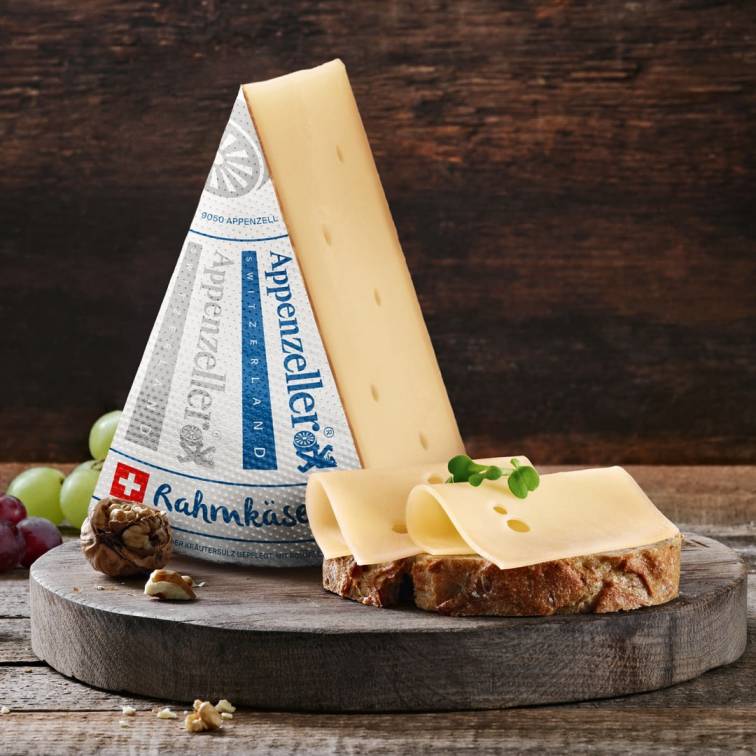
Food that goes well with Appenzeller:
| Category | Food Pairing |
|---|---|
| Fruits | Apples, Grapes, Pears |
| Nuts | Almonds, Walnuts, Hazelnuts |
| Meats | Prosciutto, Salami, Smoked Ham |
| Breads | Baguette, Rye Bread, Sourdough |
| Vegetables | Pickles, Roasted Bell Peppers, Olives |
| Condiments | Honey, Mostarda, Fig Jam |
| Desserts | Dark Chocolate, Dried Fruits, Berries |
| Grains | Quinoa, Farro, Brown Rice |
| Seafood | Smoked Salmon, Anchovies |
| Pasta | Gnocchi, Ravioli, Spaghetti |
Also read: What Fruit Goes on a Charcuterie Board?
Beverage that goes well with Appenzeller:
| Category | Beverage Pairing |
|---|---|
| Wine | Full-bodied Red Wine, Dry White Wine, Port Wine |
| Beer | Dark Lager, Stout, Belgian Ale |
| Spirits | Whiskey, Brandy, Port |
| Non-Alcoholic | Apple Cider, Grape Juice, Herbal Tea |
| Cocktails | Old Fashioned, Negroni, Manhattan |
| Sparkling | Champagne, Prosecco, Cava |
| Liqueur | Amaretto, Grand Marnier, Baileys Irish Cream |
| Fortified Wine | Sherry, Madeira, Marsala |
| Cider | Dry Apple Cider, Pear Cider |
| Coffee & Tea | Espresso, Green Tea, Oolong Tea |
Also read: Best Wine and Cheese Pairings: The Ultimate Guide
Also read:
- What is Anari Cheese? Cyprus’ Creamy Culinary Secret
- What is Buttermilk Cheese? A Delicate Blend of Tanginess & Creaminess
- What is Whipped Cream? A Fluffy Delight in Every Spoonful
- What is Greek Yogurt? More Than Just a Dairy Product
- What is Crème Fraîche? Unpacking the French Culinary Staple
- What is Aged Cheddar? The Cheese That Stands the Test of Time
- What is Mizithra? Greece’s Gift to the Cheese World
